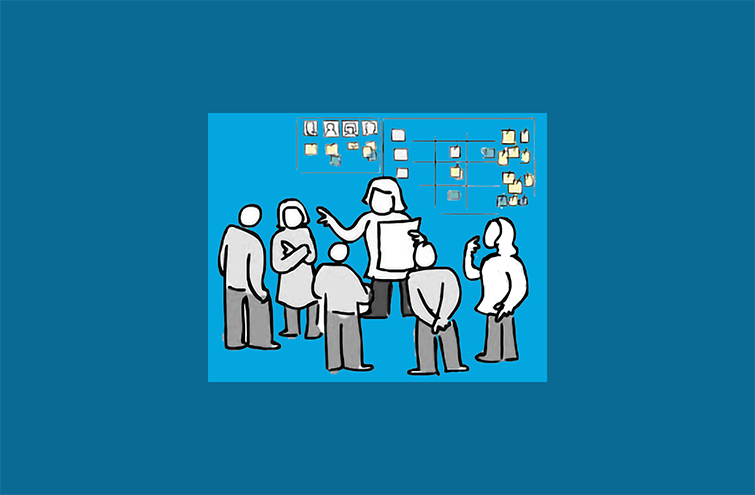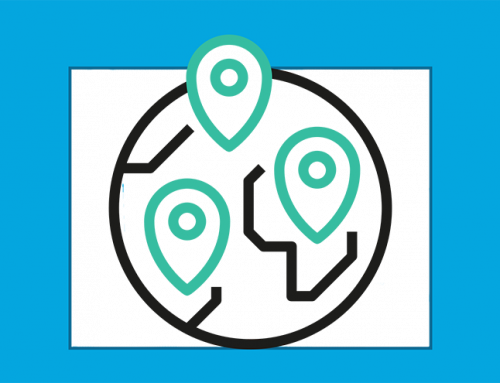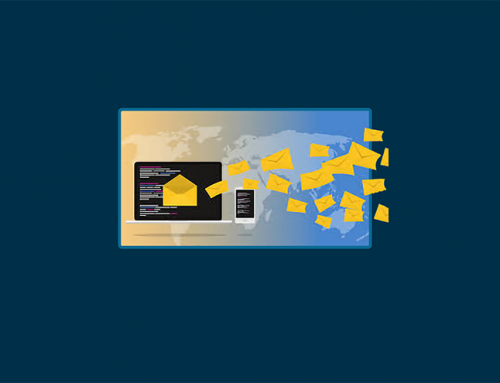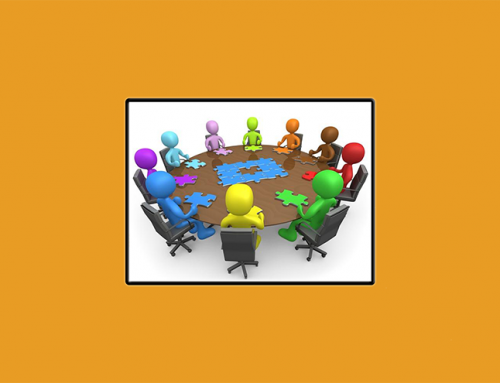Running daily SCRUM meeting is an important part of TPM role. In some cases, an engineer from the squad/ engineering manager may run the meeting but, in most cases, it is the TPM who runs it. Unless, you as a TPM need to spend cycles on other priorities, I recommend TPM to lead the SCRUM meetings.
There are many best practices that you can follow to make this meeting more productive.
-
Participants
-
Timing
-
Location
-
Duration
-
Pre-SCRUM
-
Contents
-
Notes
-
Incidents Review/Bug Triage/Production Deployments
-
Parking Lot
SCRUM Participants: SCRUM should only include the Engineering Squad members and TPM. While management can come as an observer occasionally, it is a bad idea for the management/leadership to be in SCRUM meetings regularly. SCRUM is a safe place/meeting which institutes team identity and enables them to share progress and unblock each other. Regular management presence will act as a deterrent to achieve above objectives.
Timing: SCRUM meeting should be the first meeting of the day which majority can attend in person (for co-located teams). I have seen SCRUM from 8 am in the morning to 11 am and multiple slots in between. 8 am and 8:30 am SCRUMS were irresponsible and resulted in everyone cribbing about the timings, people dialing in remotely and everyone hating it. 11 am SCRUMS resulted in many folks coming to work at 10:50 am. Some squad members may have longer commutes/children to drop at day cares/schools. In general, best SCRUM timing is around 9:30 am or 10 am.
Location: Technically, SCRUM can be conducted anywhere but most productive SCRUM meetings happen in conference rooms with Audio/Video availability. You can project the SCRUM board (based on JIRA, TFS etc.) and look at the assigned items when team members give updates. This reduces the disturbance for other squads around you when you are outside conference rooms. Please note, you may need to reserve rooms many weeks in advance.
Duration: While SCRUM is recommended to be 15 minutes, I am yet to see SCRUMS which finish in 15 minutes without many parking lot items. These SCRUMS generally result in multiple meetings later in the day with more randomization/shortened focused time slots for engineers. Generally, having 15 to 30 minutes available post SCRUM has been found to be useful.
Pre-SCRUM: TPM may want to see the Burn Down or Burn up chart to evaluate progress/trends and send a reminder to squad members to log in their hours.
SCRUM Contents: Generally, a SCRUM meeting consists of the squad getting together and everyone going through the following questions:
- What did I do yesterday?
- What do I plan to do today?
- Are there any blockers?
- Do I need Help?
- Parking lots items
As each person gives update, he/she should not be interrupted. After the update minor questions can be clarified right away but any longer discussions should be captured for parking lot.
Laptop screen should be down when SCRUM is ON, and participants should be fully focused on the updates. SCRUM projector/Note taker can keep their screens up during the SCRUM.
SCRUM Notes: SCRUM discussions may lead to action items for the TPM (inter team dependencies/follow ups) as well as Parking lot items within the team that need to be captured. These can be jotted down by TPM/squad member on a whiteboard near the SCRUM area or as SCRUM minutes.
Incidents Review/Bug Triage/Production Deployments: Depending on the situation, it may be an opportunity to do incidents review/bug triage/production deployment related discussions. This may avoid multiple meetings in the day and unblock engineers on the team. Many of these items involve multiple team members, so you may leverage this meeting.
Parking Lot: This may be the time for the squad members to get together in smaller groups to go over the items needing deeper discussion/ white-boarding etc. It is not required for all the participants to stay in Parking lot discussions. Ideally, TPM should stay in Parking lot discussions unless they are too deep/technical in an area without major impact to delivery items.





Leave A Comment